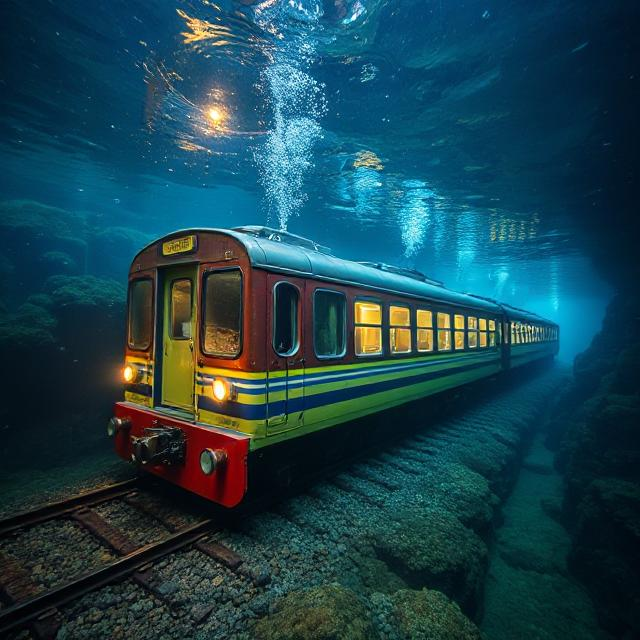A proposal by the UAE’s National Advisor Bureau Limited envisions a high-speed underwater rail link connecting Dubai and Mumbai, potentially reducing the travel time between the two cities to just two hours. The rail system will be designed to operate at speeds ranging from 600 km/h to 1,000 km/h, enhancing connectivity between the UAE and India.
Project Aims and Benefits
The primary goal of the proposed rail link is to provide an alternative to air travel, with a focus on both passenger convenience and efficient cargo transport. The underwater train would not only reduce travel time but also facilitate the quicker movement of goods, including crude oil, between the two nations, according to The Economic Times. While the idea was initially proposed several years ago, there have been no major updates on the project’s approval or development status.
The report states that the rail line would offer scenic underwater views for passengers. The complexity of the project, combined with its advanced technical and engineering requirements, is expected to result in a multi-billion-dollar investment.
Timeline for Completion
If the underwater rail link receives approval, construction could begin in the coming years, with a target completion date set for 2030. The project is expected to play a pivotal role in strengthening trade ties between India and the UAE, offering a faster and more sustainable mode of transportation. By providing a competitive alternative to air travel, it aims to improve both passenger travel and cargo transport efficiency.
Key Features of the Mumbai-Dubai Underwater Rail Link
- The high-speed train would operate at speeds between 600 km/h and 1,000 km/h.
- Travel time between Mumbai and Dubai would be reduced to just two hours.
- The project is estimated to require billions of dollars in investment due to its complexity.
- It would facilitate not only passenger travel but also the rapid transport of goods, including crude oil.
- If approved, the rail link could be operational by 2030.






